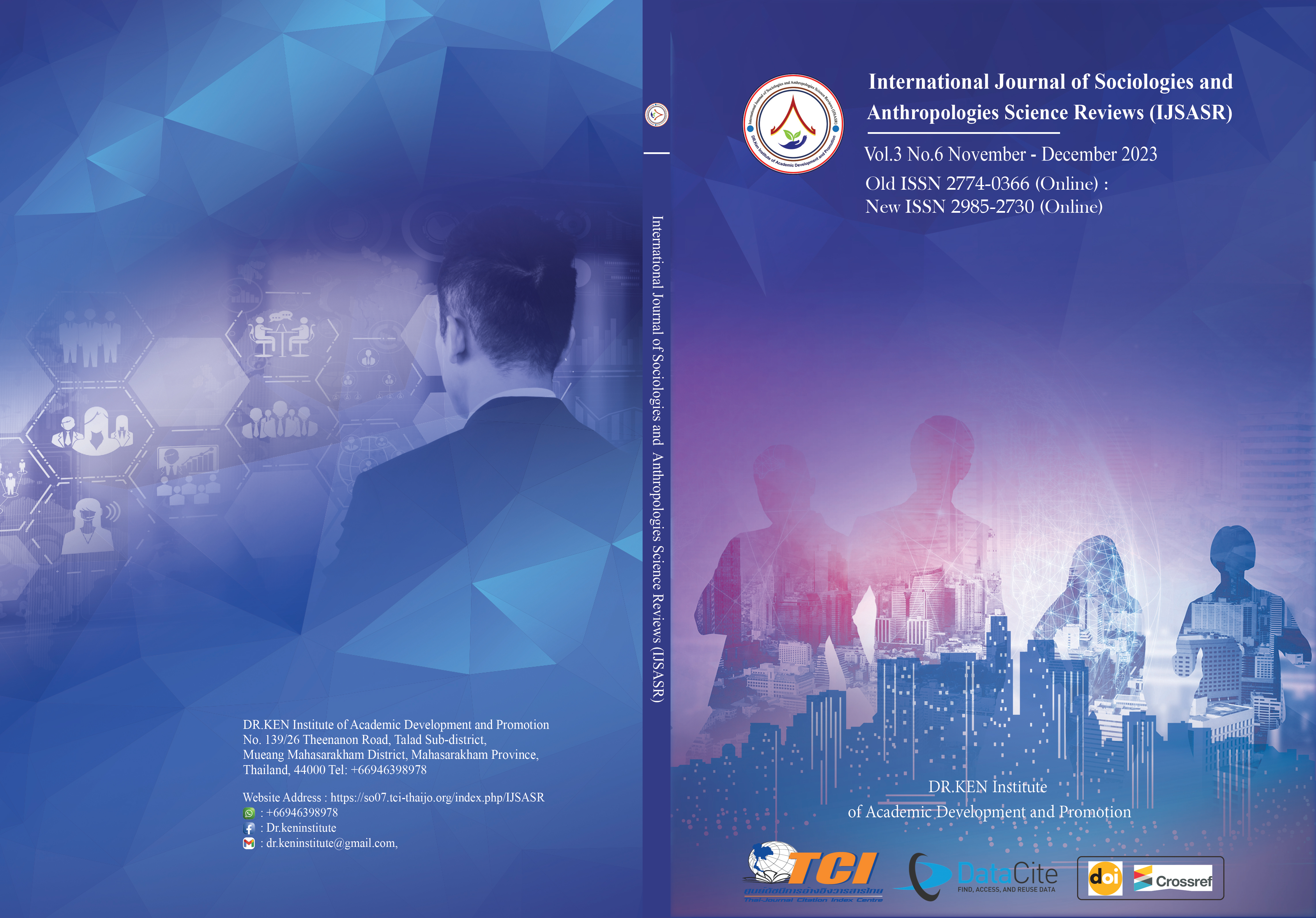A Research on Needs Analysis from Students for Developing an Intercultural Communication Course
Main Article Content
Abstract
Background and aims: This research aims to investigate the intercultural communicative competence (ICC) of English major undergraduate students at Heilongjiang International University. It delves into students' attitudes, knowledge, skills of interpreting and relating, skills of discovery and interaction, and critical cultural awareness to improve the students’ ICC. The research reveals that while students possess some level of ICC, there are areas where they lack confidence and knowledge.
Materials and methods: The study draws on questionnaires to gather data from 181 participants and utilizes a five-point scale for interpretation.
Results: Results indicate that students are unsure about their knowledge of cultural aspects, specifically the history, etiquette, and lifestyle of English-speaking countries. Similarly, they exhibit uncertainty in their skills of interpretation and relating, especially regarding sensitivity to intercultural differences and their language capabilities. However, they show confidence in their skills of discovery, interaction, and critical cultural awareness. For attitude, students display a willingness to engage in intercultural experiences, although they lack confidence in suspending their perspectives in conversations. Cultural awareness is apparent, but some students recognize the influence of their cultural identity on communication. The study also explores students' experiences and difficulties in learning English, such as language barriers, cultural gaps, and limited exposure to foreign cultures.
Conclusions: The study concludes that while students have ICC potential, targeted interventions are necessary to improve their overall competence. Recommendations include enhancing language proficiency, cultural knowledge, and exposure to authentic language use and cultural references. Finally, students express their desire to improve listening skills, vocabulary, oral communication, grammar understanding, and intercultural competence, which should guide curriculum design and educational strategies.
Article Details

This work is licensed under a Creative Commons Attribution-NonCommercial-NoDerivatives 4.0 International License.
Copyright on any article in the International Journal of Sociologies and Anthropologies Science Reviews is retained by the author(s) under the under the Creative Commons Attribution-NonCommercial-NoDerivatives 4.0 International License. Permission to use text, content, images, etc. of publication. Any user to read, download, copy, distribute, print, search, or link to the full texts of articles, crawl them for indexing, pass them as data to software, or use them for any other lawful purpose. But do not use it for commercial use or with the intent to benefit any business.

References
Chambers, J.K. (2003). Sociolinguistic Theory. 2nd Edition. Oxford: Polity Press.
Dai, X. (2016). Intercultural Communication Competence of College English Learners in China. Theory and Practice in Language Studies, 6(10), 2132-2137.
Fantini, A.E. (2009). Assessing intercultural competence: Issues and tools. The SAGE handbook of intercultural competence. 456-476.
Fantini, A.E. (1985). Language acquisition of a bilingual child: A sociolinguistic perspective (to age ten). Clevedon, U.K.: Multilingual Matters.
Jin, L. (2015). A Study on Intercultural Competence of University Students. Foreign Language Teaching and Research, 47(2), 262-271.
Macalister, J., & Nation, I.S.P. (2020). Language curriculum design. Routledge.
Wu, H. (2014). Comprehensive Evaluation of Chinese College Students' Intercultural Competence. Journal of Intercultural Communication, 28(2), 123-139.
Zhang, Y. (2013). Research on the Cultivation of College Students' Intercultural Communication Competence. Overseas English, 14, 54-55.
Zhao, Y. (2015). Exploration of Intercultural Communication Competence in English Teaching. Foreign Language World, 4, 65-72.
Zhong, W. (2016). An Empirical Study on the Intercultural Communicative Competence of College Students. Language Learning and Education, 6, 93-95.






